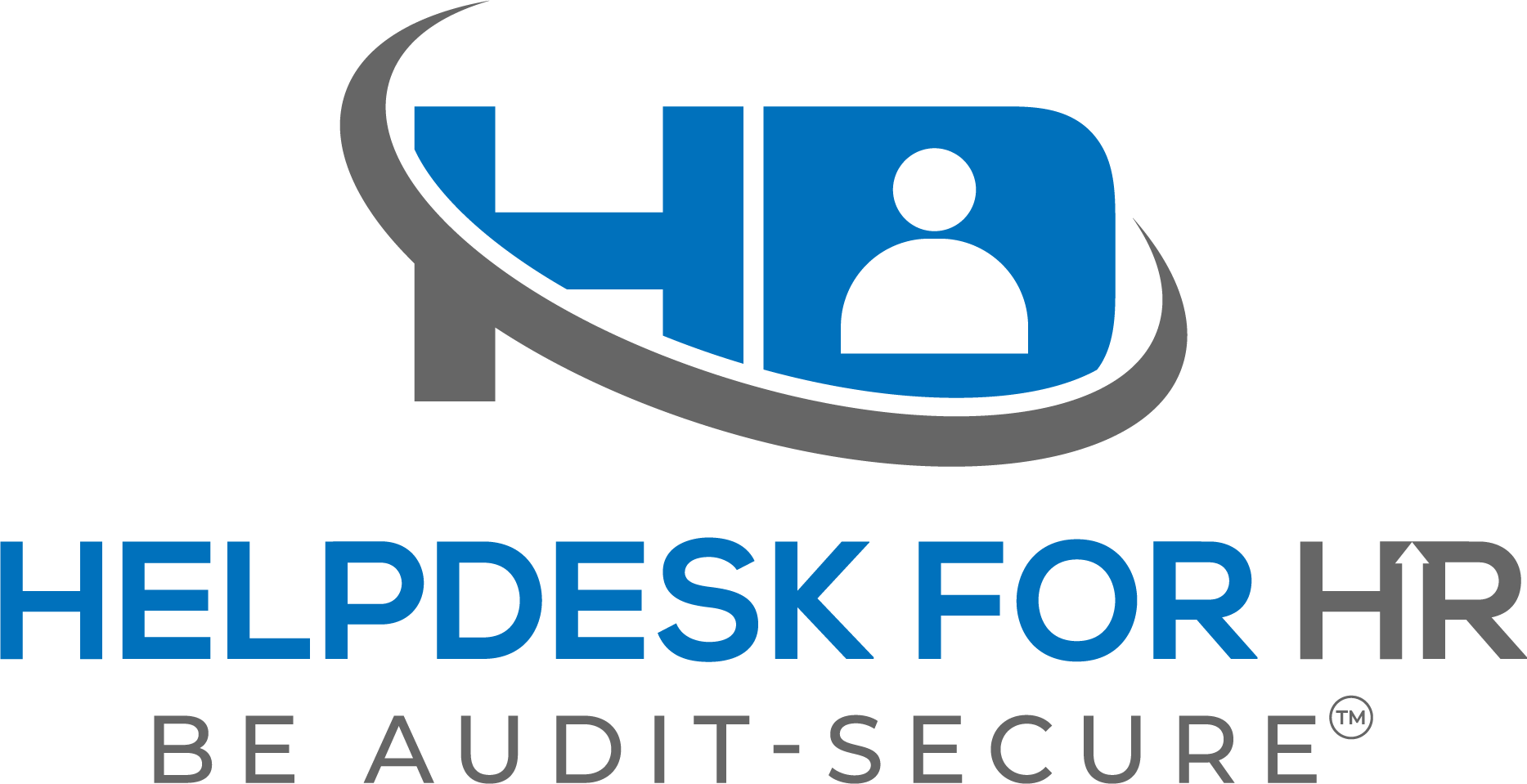QUESTION:
Can you explain the tax implications of giving employees discounts on goods and services?
ANSWER:
Sure!
The employee discount exclusion applies to a price reduction you give your employee on property or services you offer to customers in the ordinary course of the line of business in which the employee performs substantial services. It applies whether the property or service is provided at no charge (in which case only part of the discount may be excludable as a qualified employee discount) or at a reduced price. It also applies if the benefit is provided through a partial or total cash rebate.
These rules exclude all or part of the value of certain benefits from the recipient’s pay.
In most cases, the excluded benefits aren’t subject to federal income tax withholding, social security, Medicare, federal unemployment (FUTA) tax, or Railroad Retirement Tax Act (RRTA) taxes and aren’t reported on Form W-2.
The employee discount benefit may be provided either directly by you or indirectly through a third party. For example, an employee of an appliance manufacturer may receive a qualified employee discount on the manufacturer’s appliances purchased at a retail store that offers the appliances for sale to customers.
Employee discounts don’t apply to discounts on real property or discounts on personal property of a kind commonly held for investment (such as stocks or bonds). They also don’t include discounts on a line of business of the employer for which the employee doesn’t provide substantial services, or discounts on property or services of a kind that aren’t offered for sale to customers. Therefore, discounts on items sold in an employee store that aren’t sold to customers aren’t excluded from employee income. Also, employee discounts provided by another employer through a reciprocal agreement aren’t excluded.
Employee.
For this exclusion, treat the following individuals as employees.
- A current employee.
- A former employee who retired or left on disability.
- A widow or widower of an individual who died while an employee.
- A widow or widower of an employee who retired or left on disability.
- A leased employee who has provided services to you on a substantially full-time basis for at least a year if the services are performed under your primary direction or control.
- A partner who performs services for a partnership.
Treat discounts you provide to the spouse or dependent child of an employee as provided to the employee. For this fringe benefit, dependent child is a child or stepchild who is the employee’s dependent or who, if both parents are deceased, hasn’t attained the age of 25. Treat a child of divorced parents as a dependent of both parents.
Exclusion from wages.
You can generally exclude the value of an employee discount you provide an employee from the employee’s wages, up to the following limits.
- For a discount on services, 20% of the price you charge nonemployee customers for the service.
- For a discount on merchandise or other property, your gross profit percentage times the price you charge nonemployee customers for the property.
Generally, determine your gross profit percentage in the line of business based on all property you offer to customers (including employee customers) and your experience during the tax year immediately before the tax year in which the discount is available. To figure your gross profit percentage, subtract the total cost of the property from the total sales price of the property and divide the result by the total sales price of the property. Employers that are in their first year of existence may estimate their gross profit percentage based on its mark-up from cost or refer to an appropriate industry average. If substantial changes in an employer’s business indicate at any time that it is inappropriate for the prior year’s gross profit percentage to be used for the current year, the employer must, within a reasonable period, redetermine the gross profit percentage for the remaining portion of the current year as if such portion of the year were the first year of the employer’s existence.
Exception for highly compensated employees.
You can’t exclude from the wages of a highly compensated employee any part of the value of a discount that isn’t available on the same terms to one of the following groups.
- All of your employees.
- A group of employees defined under a reasonable classification you set up that doesn’t favor highly compensated employees.
For this exclusion, a highly compensated employee for 2023 is an employee who meets either of the following tests.
- The employee was a 5% owner at any time during the year or the preceding year.
- The employee received more than $135,000 in pay for the preceding year.
You can choose to ignore test (2) if the employee wasn’t also in the top 20% of employees when ranked by pay for the preceding year.
Source: https://www.irs.gov/publications/p15b#en_US_2023_publink1000193672
I hope this helps!
Be Audit-Secure™!
